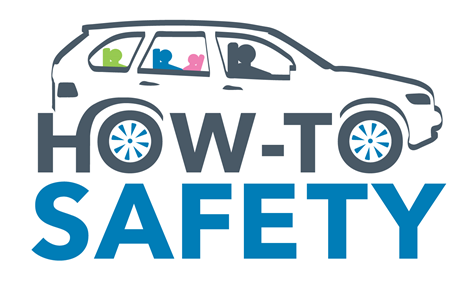In side-impact collisions, rear-facing car seats generally offer better protection than forward-facing ones. This superior safety is largely due to how these seats manage collision forces. In many side impacts, there are also frontal forces involved, which means that the collision is not strictly lateral but includes a forward motion. For children in rear-facing seats, this means that their movement during a collision is contained within the protective shell of the car seat, greatly reducing the risk of injury. This design ensures that the child remains within the confines of the seat’s protective barriers, protecting them against contact with the vehicle interior or external intrusions.
In contrast, children in forward-facing seats face greater risks in similar conditions. Their heads and upper bodies can extend beyond the protective confines of the car seat during a collision, increasing their likelihood of contact with parts of the vehicle or crash intrusions. This is particularly problematic in frontal-offset components of side impacts, where forward-facing children can be thrust forward and sideways, moving away from the protective features like head support or seat shell. Conversely, a rear-facing child will move deeper into the car seat’s shell, which acts as a buffer against these forces.
Although a purely lateral side impact might not show a significant difference in protection between the two orientations, such scenarios are uncommon. Most side impacts include frontal forces, making rear-facing seats significantly safer. Given this, rear-facing car seats are recommended for as long as possible to ensure optimal protection in a variety of collision scenarios.

